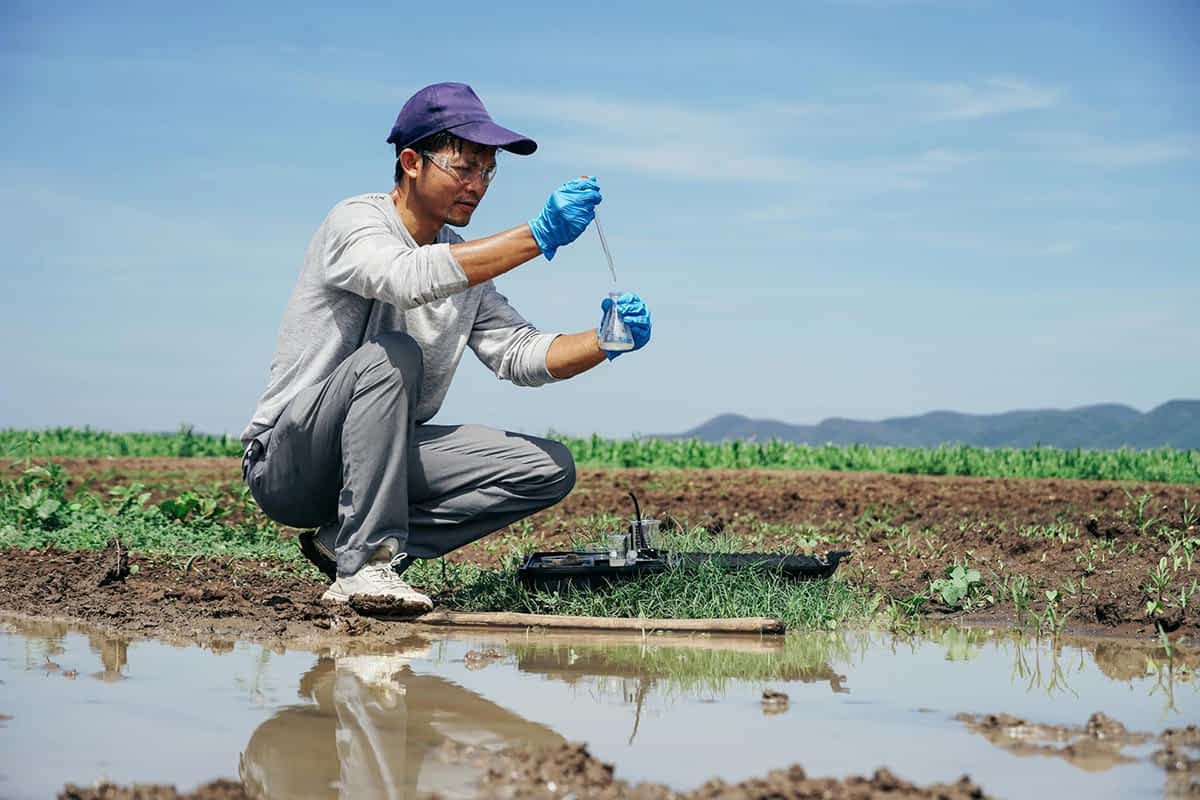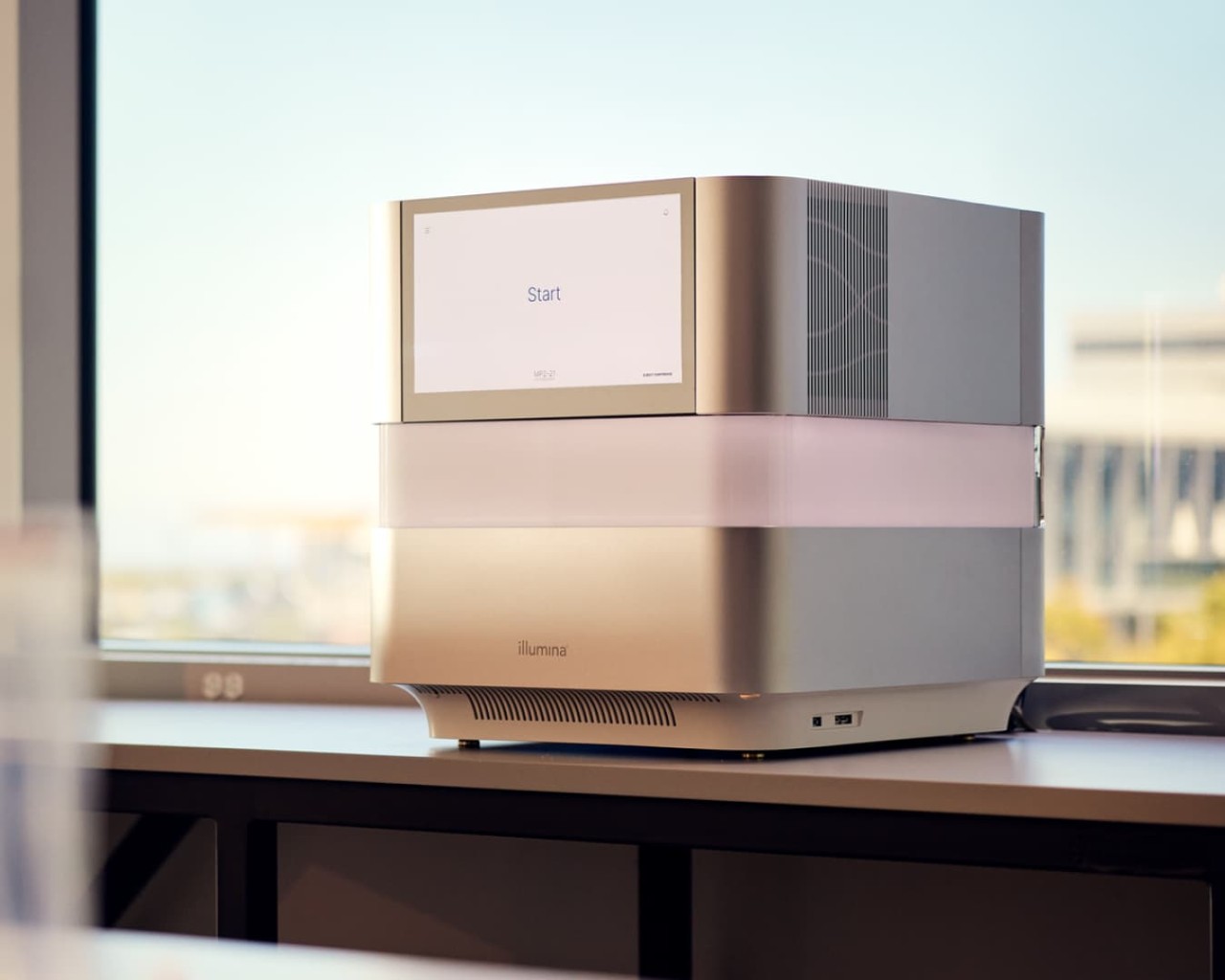人类微生物组分析
了解新一代测序(NGS)如何助力能够对整个微生物群落的基因组(包括不可培养生物的基因组)进行调查的研究。
利用无需培养的基于NGS测序的ITS和16S rRNA基因测序方法,鉴定并比较复杂微生物群落或环境中的微生物。
16S和ITS rRNA测序(内部转录间隔区核糖体RNA测序)是常用的扩增子测序方法,可用于鉴定和比较给定样本中的细菌或真菌。基于NGS的ITS和16S rRNA基因测序可比较来自复合微生物组或环境中难以研究甚至不可能研究的样本的系统发育和分类,它们都是该应用领域的成熟方法。
原核生物的16S rRNA基因长约1500 bp,包含9个散布在保守区域之间的可变区。16S rRNA的可变区经常用于不同微生物群落的属或种系统进化分类1。rRNA顺反子的ITS1区域是鉴定宏基因组样本中真菌物种的常用DNA标记2。

消除后续工作流程中的相关猜测。NGS工作流程查找工具提供个性化的解决方案建议和资源,以便您可以放心地进行测序。
16S和ITS核糖体RNA NGS方法的一个主要优点是它们提供了一种经济高效的技术,可以鉴定传统方法可能无法发现的菌株。与毛细管测序或基于PCR的方法不同,新一代测序无需培养即可分析样本中的整个微生物群落。
微生物学家通过16S rRNA NGS可以将菌群宏基因组学研究的灵敏度提升至属水平。使用NGS进行ITS分析可以快速鉴定真菌,有助于我们深入了解真菌微生物组。此外,NGS还能在单次测序运行中分析多个样本。
在这本指南中,您将了解用于细菌群落和微生物组分类学分析的解决方案。Illumina新一代测序(NGS)工作流程整合了文库制备、测序和数据分析。
Your email address is never shared with third parties.
一种快速、集成的工作流程,用于准备用于测序应用,如16S和ITS rRNA测序的文库。
用于文库清洁和尺寸选择的磁珠,有30毫升、100毫升或400毫升的规格可供选择。相关产品可在Illumina DNA Prep产品页面的“配件产品”部分找到。下载单页
我们用于16S测序的快速、简单的桌面式系统。
凭借从开始到结束的全面工作流程,助力发现之旅。
利用Illumina精选的GreenGenes分类数据库版本,对针对16S rRNA的扩增子序列进行分类鉴定。
了解NextSeq 1000和NextSeq 2000测序仪如何助力您的实验室实现微生物群落的高效、高通量特征分析能力。

了解这种方法如何助力微生物学家评估细菌多样性、检测各种环境中微生物的丰度,以及研究那些难以或无法通过其他方式分析的无法培养的微生物。
了解如何集体研究复杂微生物群落中表达的mRNA。这种方法还使研究人员能够深入了解微生物在特定时间对特定环境的响应。
16S rRNA是存在于所有细菌和古菌核糖体中的一个亚基。它由1500个核苷酸组成,包含九个可变区域,这些可变区域分布在保守区域之间。
16S rRNA sequencing is a culture-free method to identify and compare bacterial diversity from complex microbiomes or environments that are difficult to study. It is commonly used to identify bacteria present within a given sample down to the genus and/or species level. Specifically, it is an amplicon-based sequencing method that targets the 16S rRNA bacteria-specific genetic marker using a single amplicon focused on a single gene.
Because the 16S rRNA sequence is ubiquitous in bacteria and archaea, it can be used to identify a wide diversity of microbes within a single sample and single workflow. Through 16S rRNA sequencing, one can identify taxa present in a sample. This leads to a greater understanding of our microbial communities and their interactions with us.
Both the ribosome and its subunits are characterized by their sedimentation coefficients, expressed in Svedberg units (symbol: S). In this case, 16S means it takes 16 Svedberg units of time for the ribosome to sediment in a solution.
All bacteria and archaea have a 16S rRNA sequence.
In amplicon sequencing of 16S rRNA, the primers used bind within regions that are not 100% conserved across bacteria. This leads to some regions of certain bacteria not being included in sequencing. Additionally, chloroplasts have some homology to 16S rRNA genes and may amplify. Because microbiome samples can come from a wide variety of sources with variable compositions, it’s recommended to use control samples when investigating new sample types.
16S DNA refers to the gene in the bacterial genome that codes for the 16S rRNA. 16S rRNA is the rRNA that is transcribed from the 16S DNA gene. The Illumina 16S Metagenomic Sequencing Library Preparation protocol uses DNA as input, and the PCR primers target the variable regions V3 and V4 of the 16S DNA gene for the amplicon PCR.
The 16S Demonstrated Protocol provides an option for creating Illumina compatible libraries from the target of your choice. Fungi and other organisms do not have 16S rRNA genes, however, they have other conserved regions such as 18S and ITS regions. Any amplicon can be used to do similar diversity analysis studies.
The internal transcribed spacer 1 (ITS1) region of the rRNA cistron is a commonly used DNA marker for identification of fungal species in metagenomic sample. 2
对了解16S和ITS rRNA测序的更多信息感兴趣吗?
Your email address is never shared with third parties.